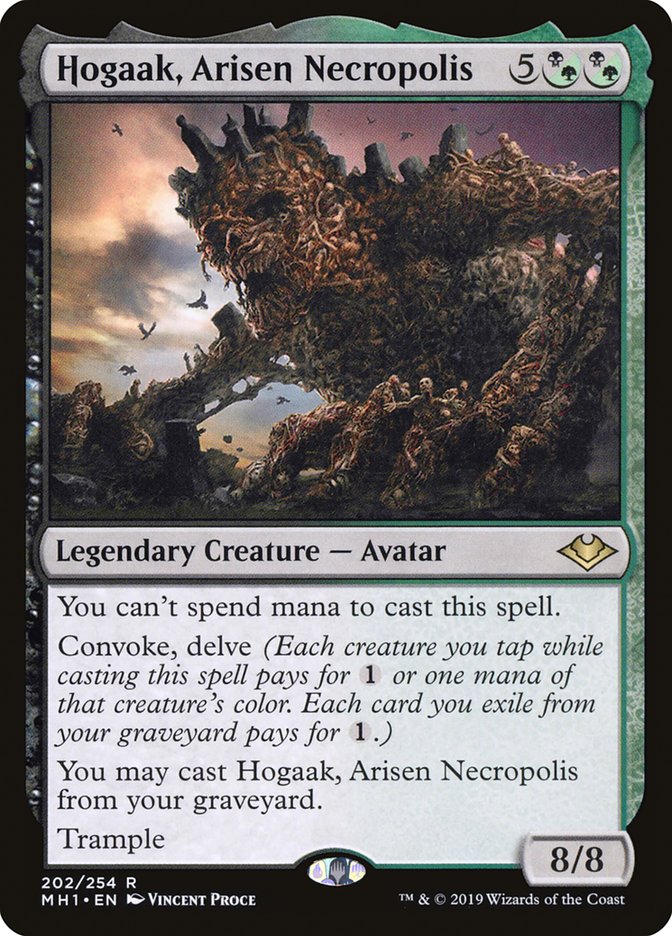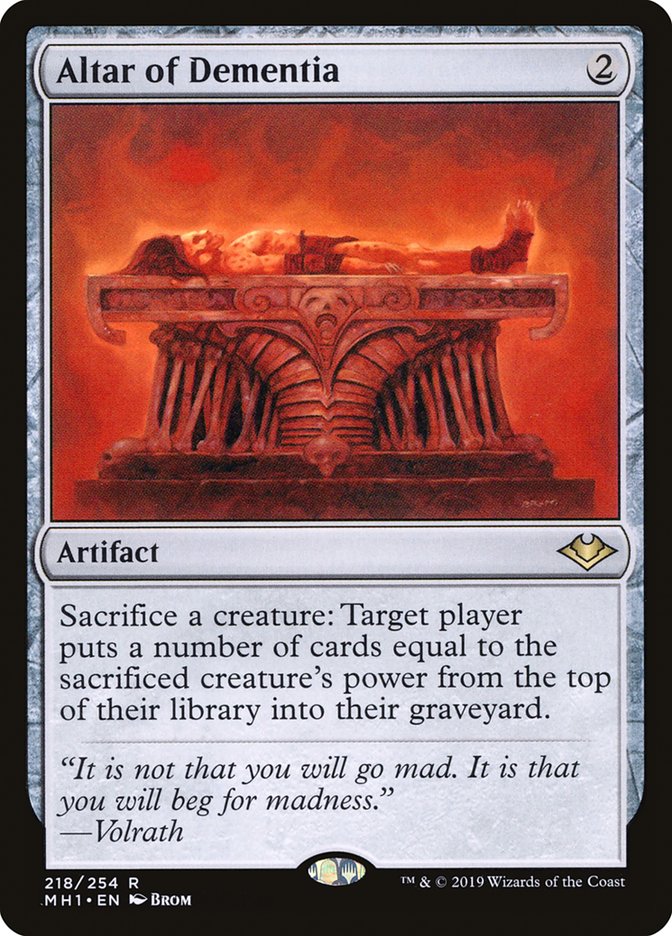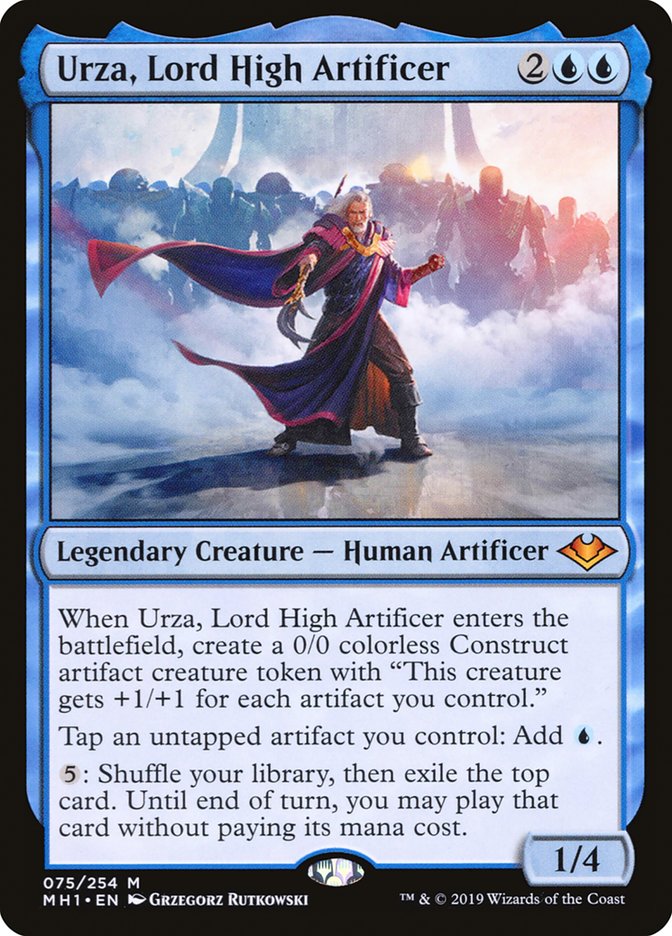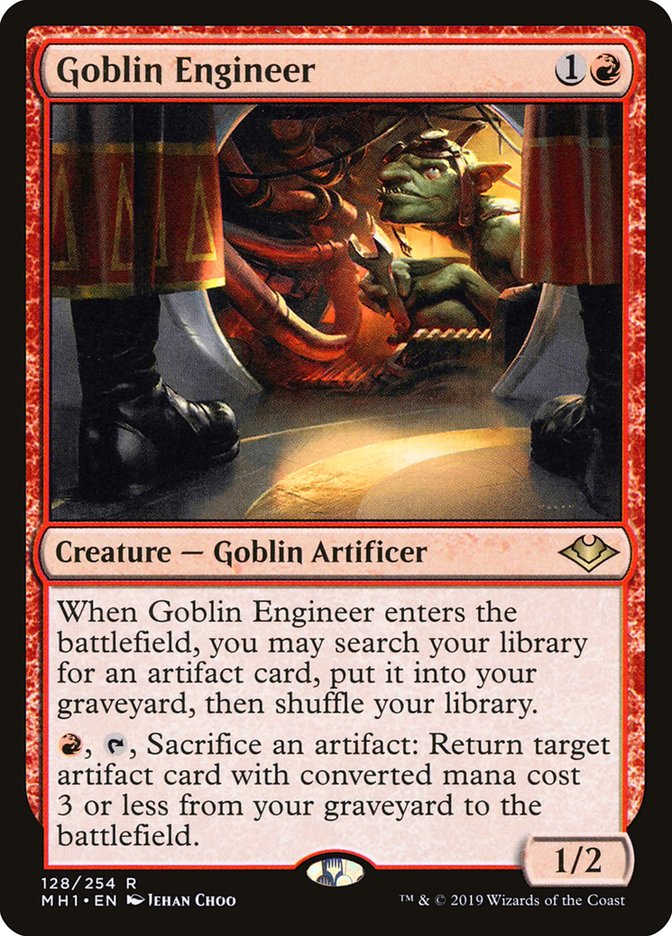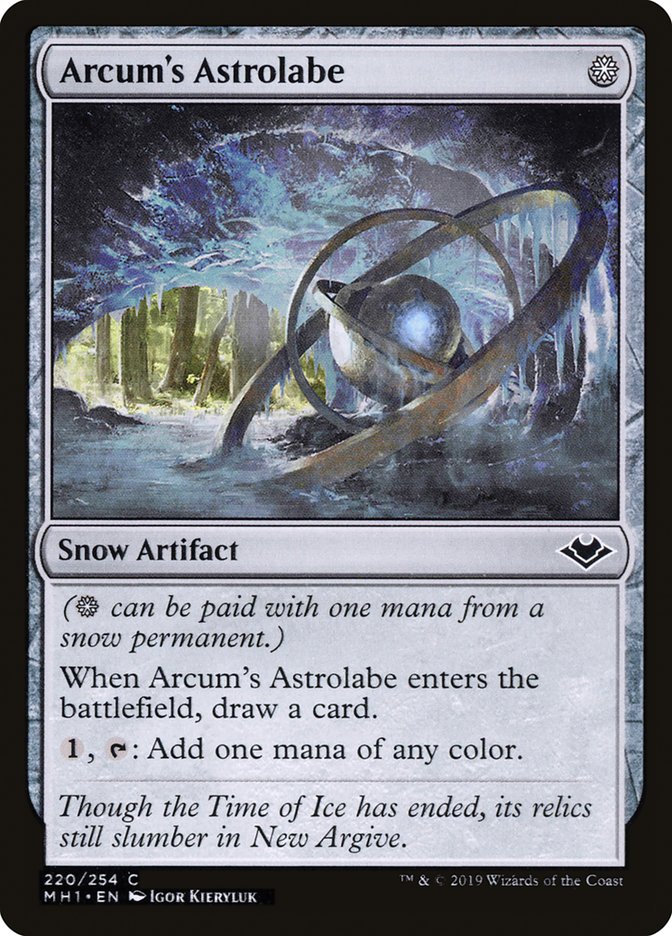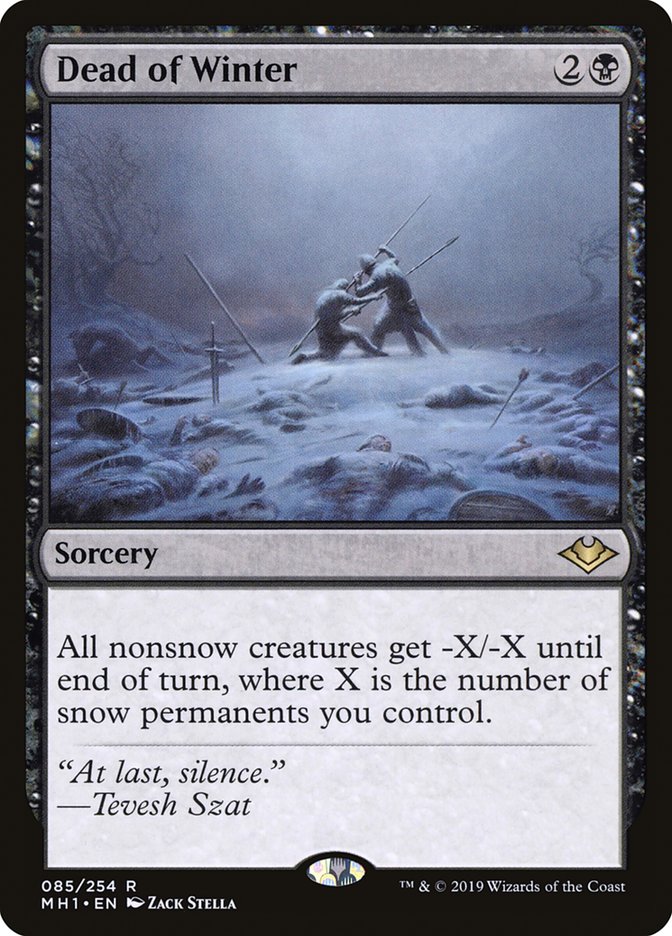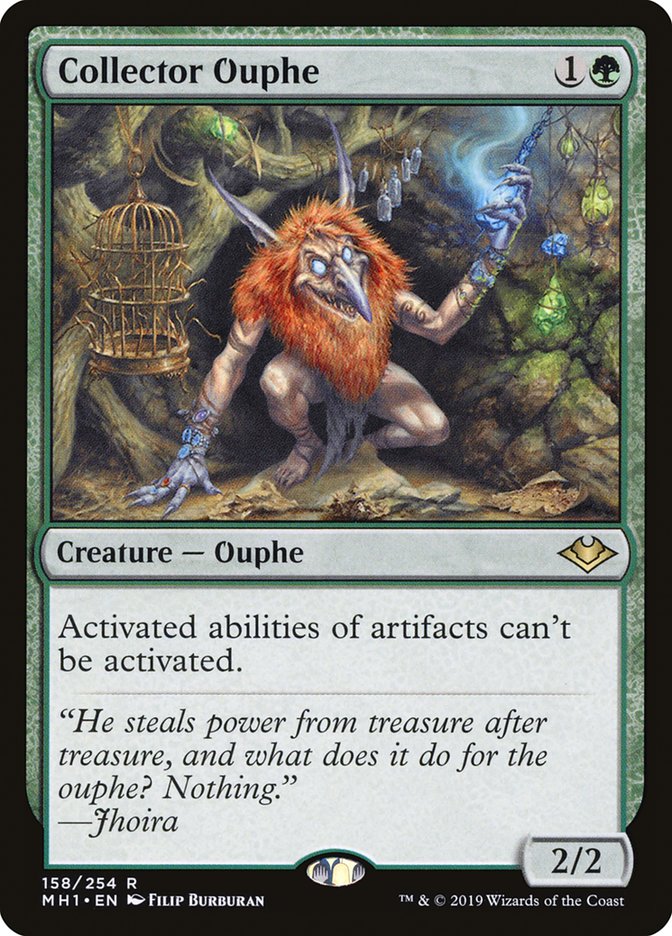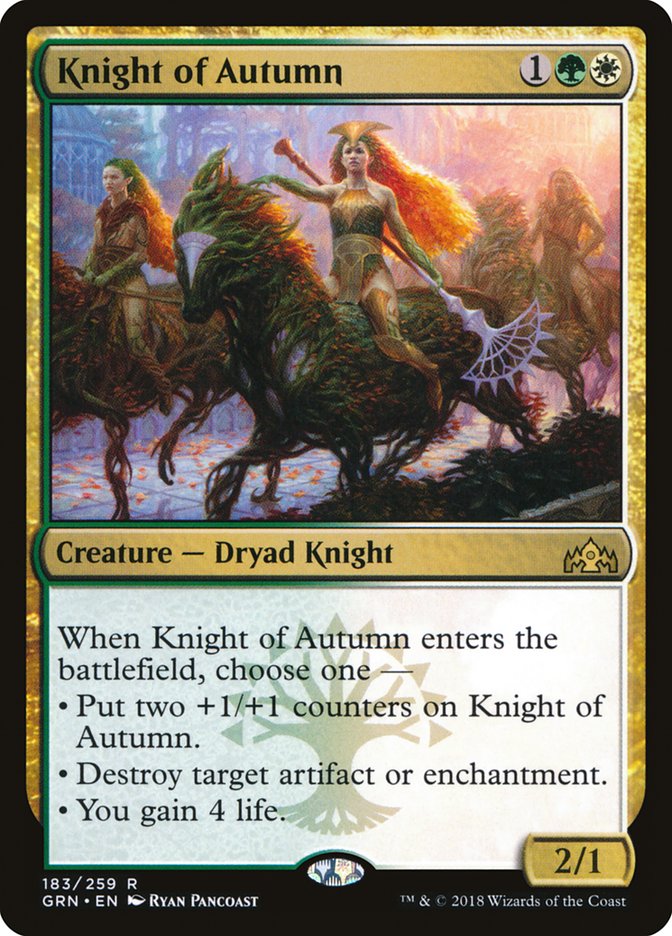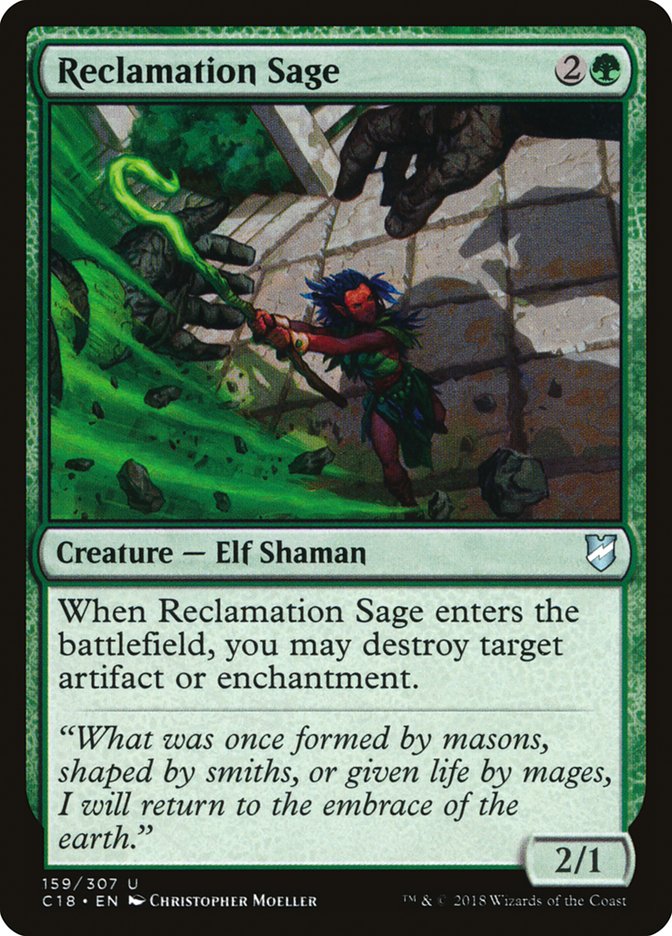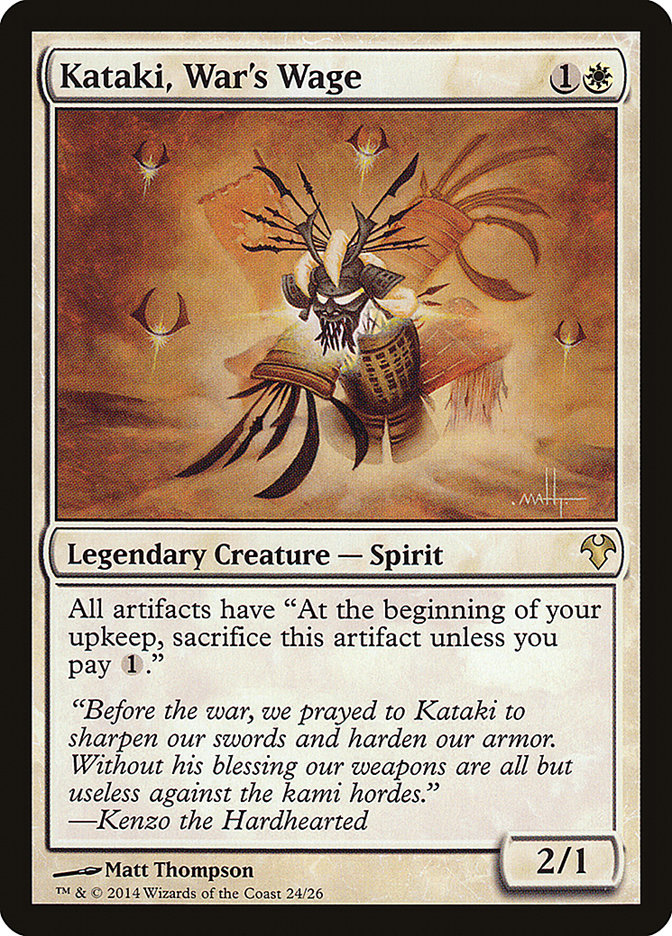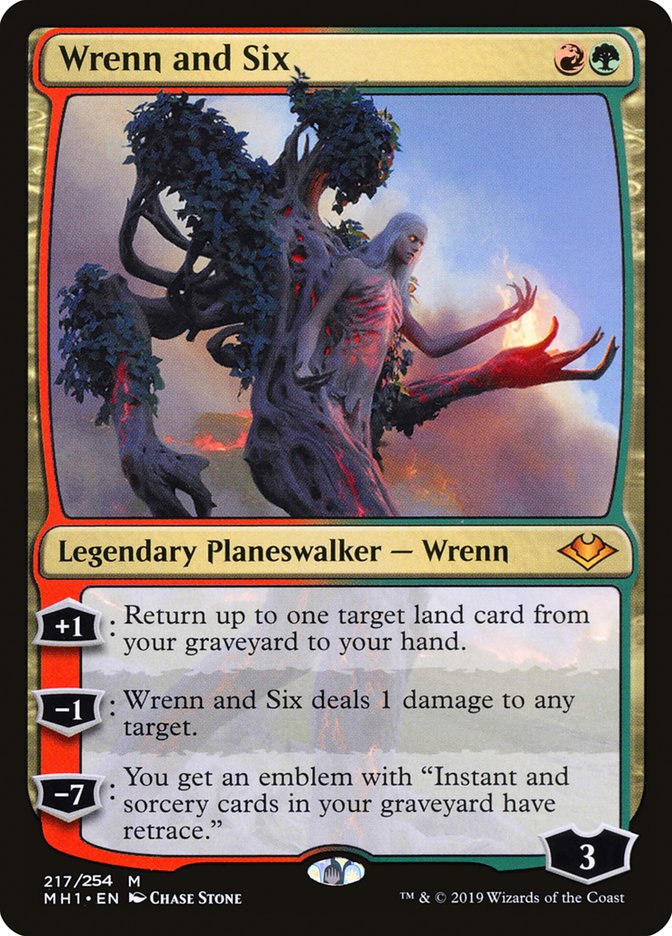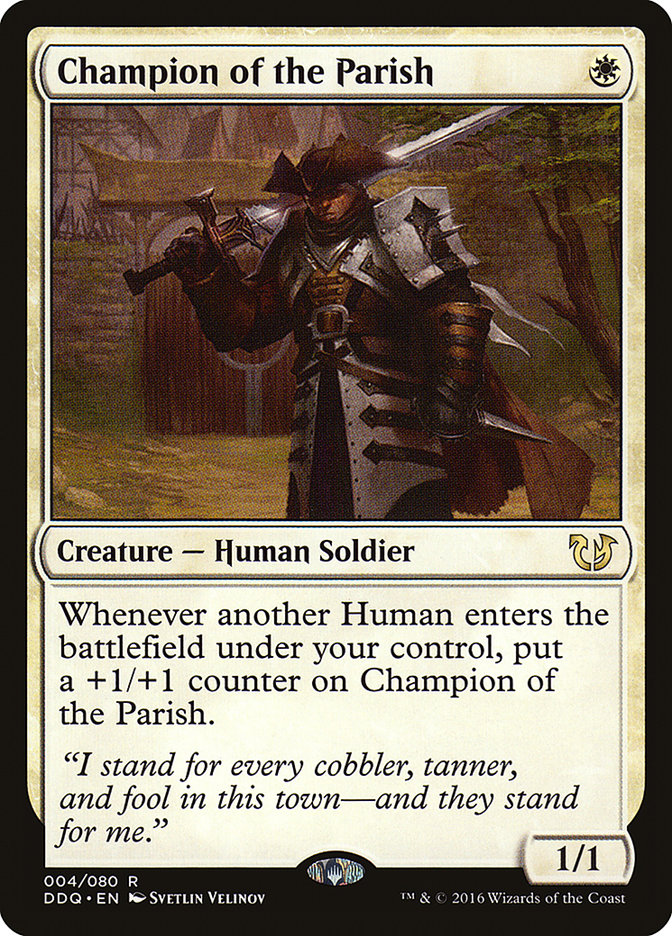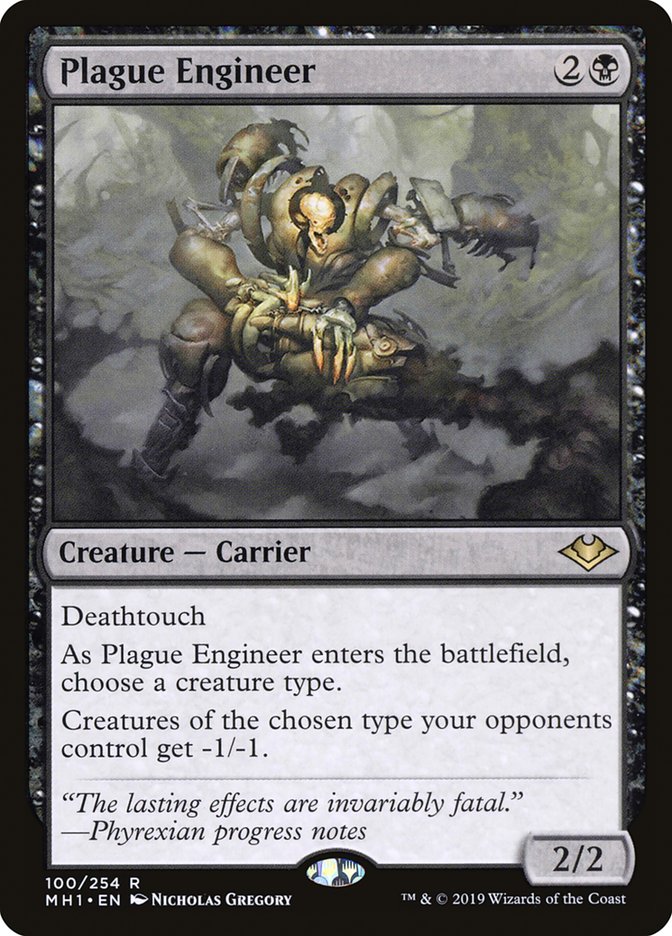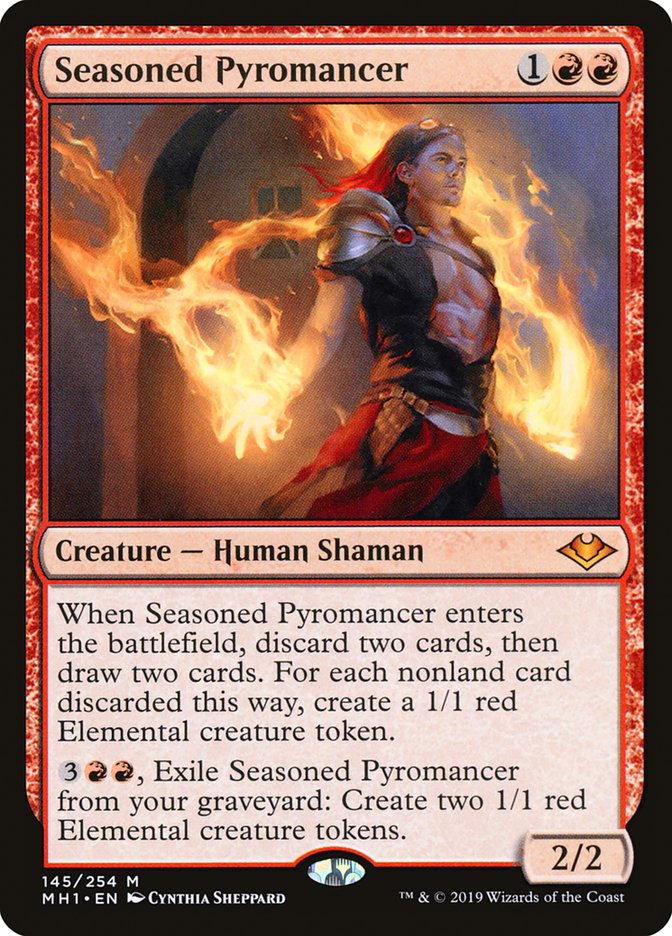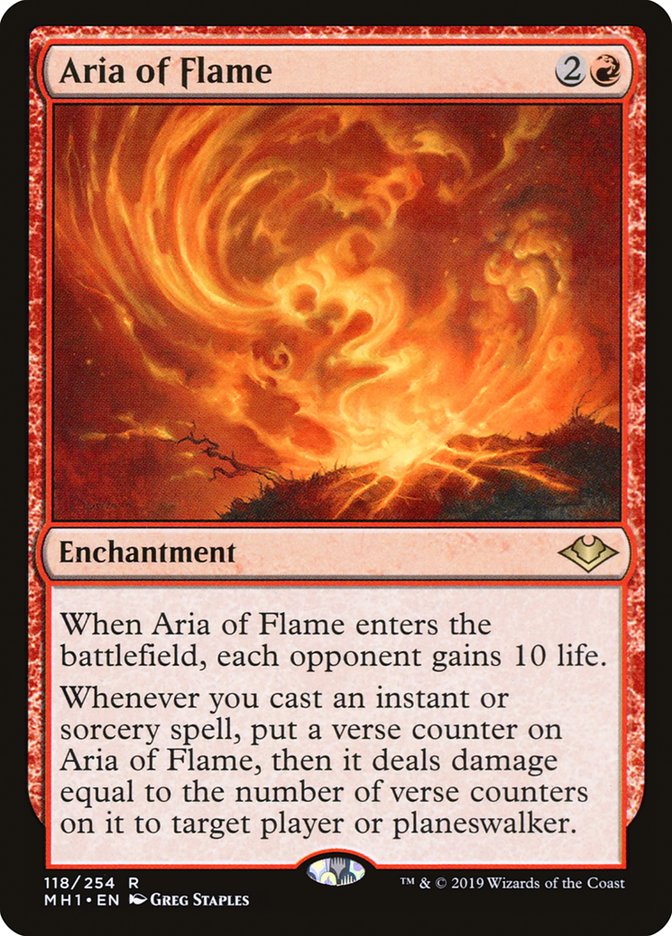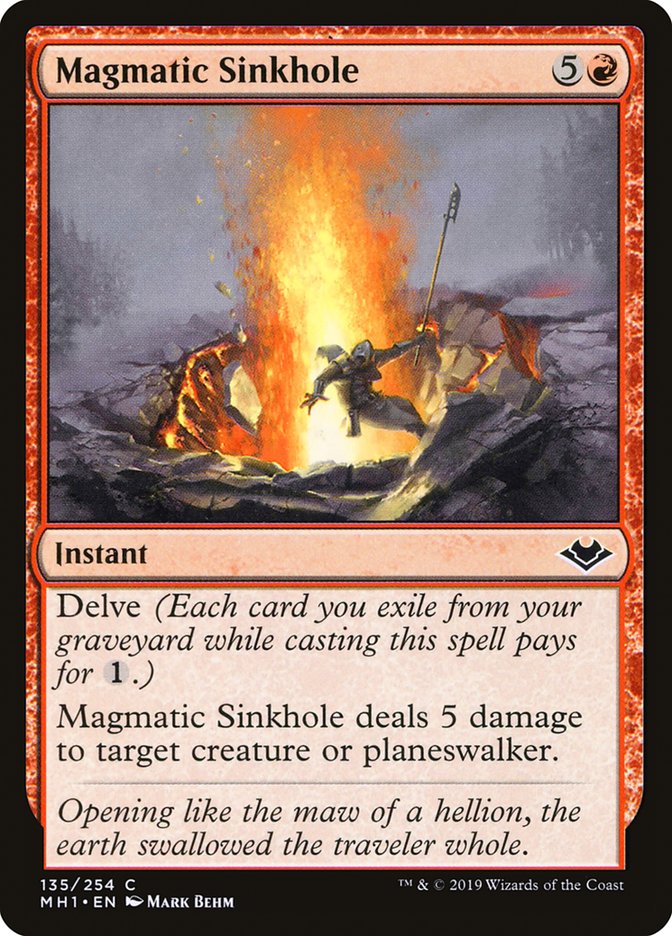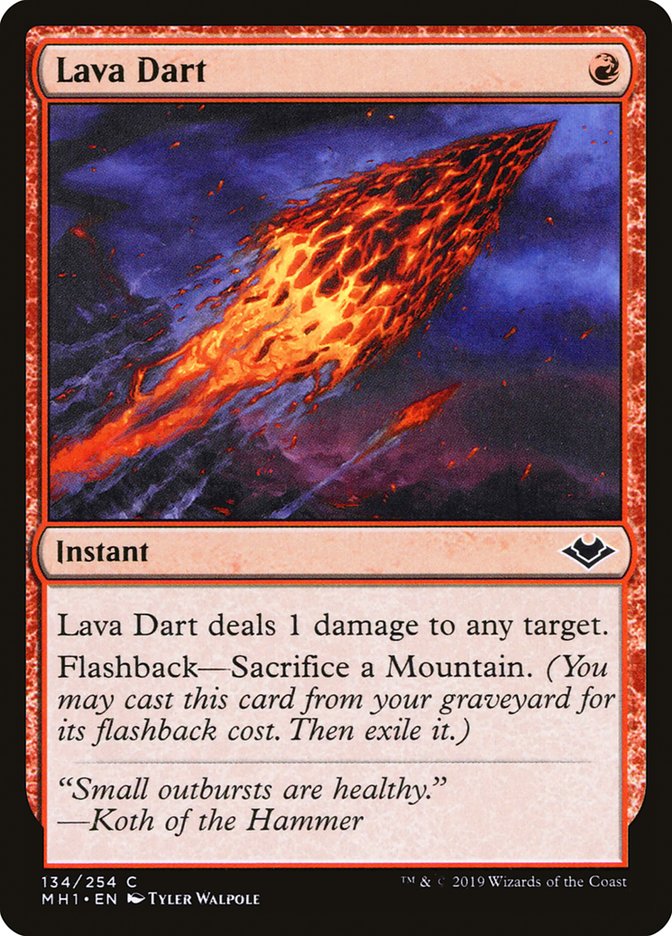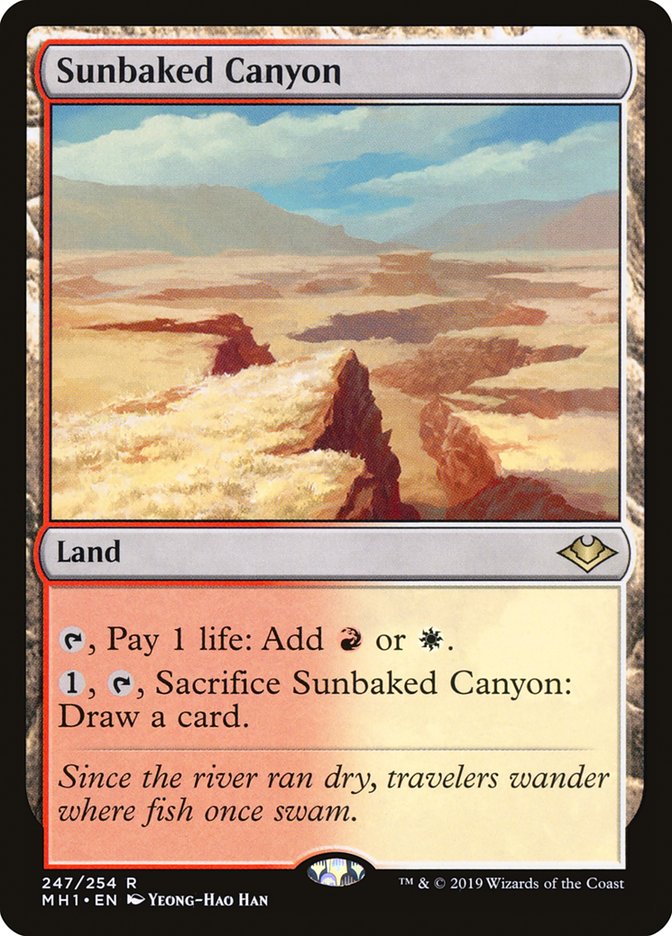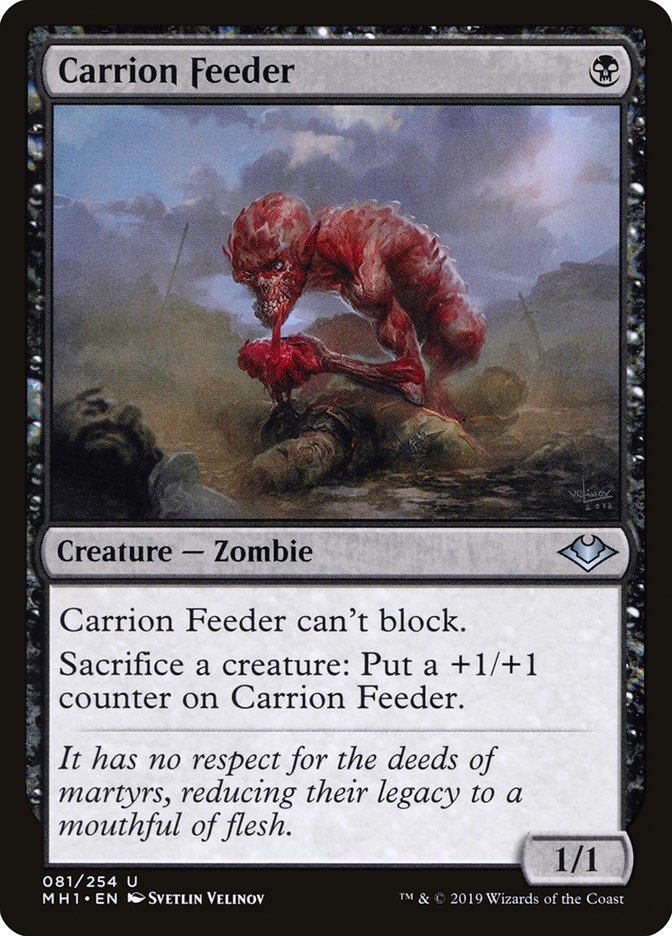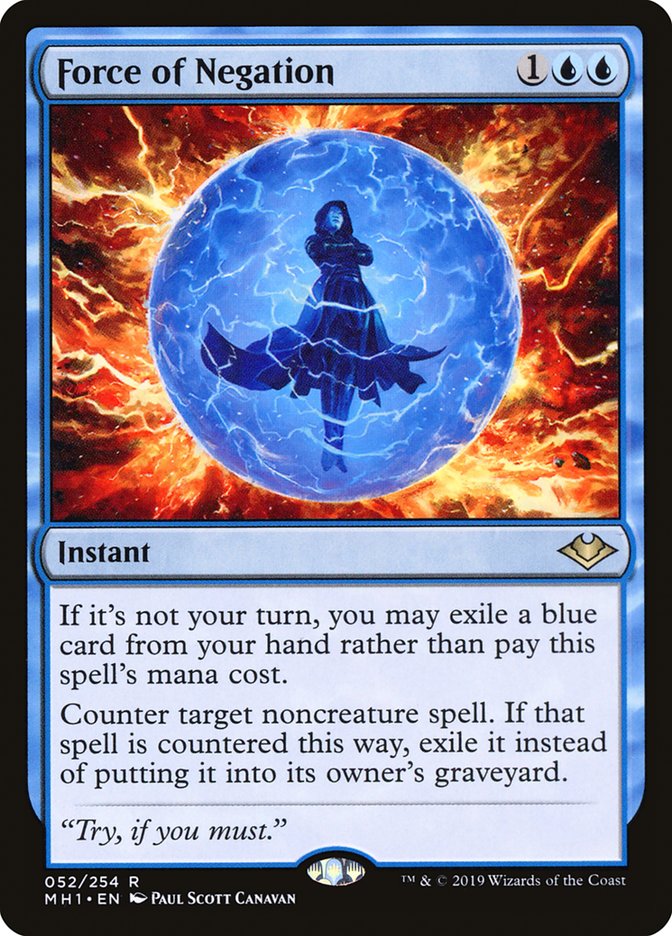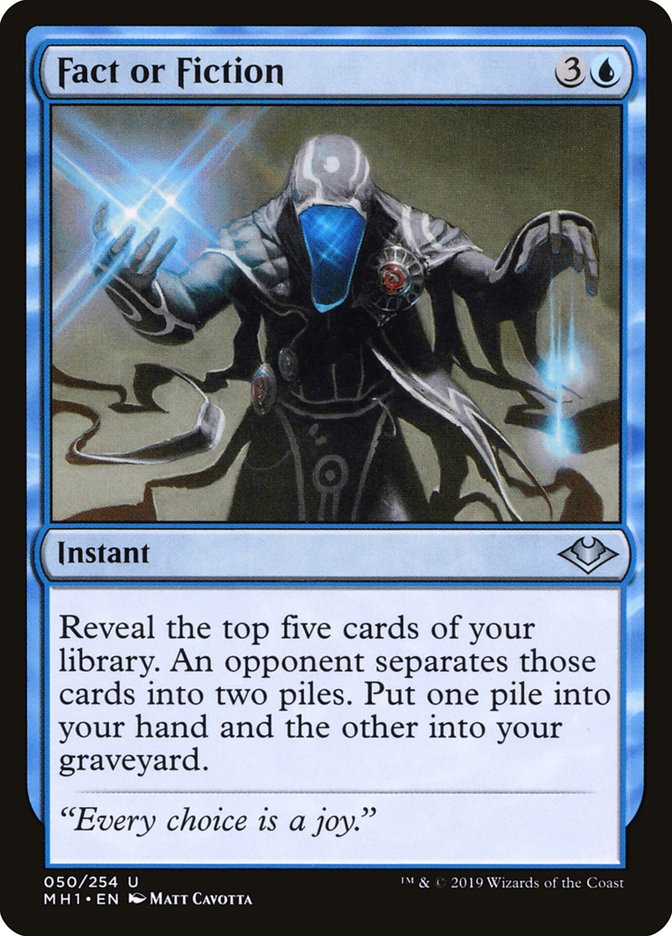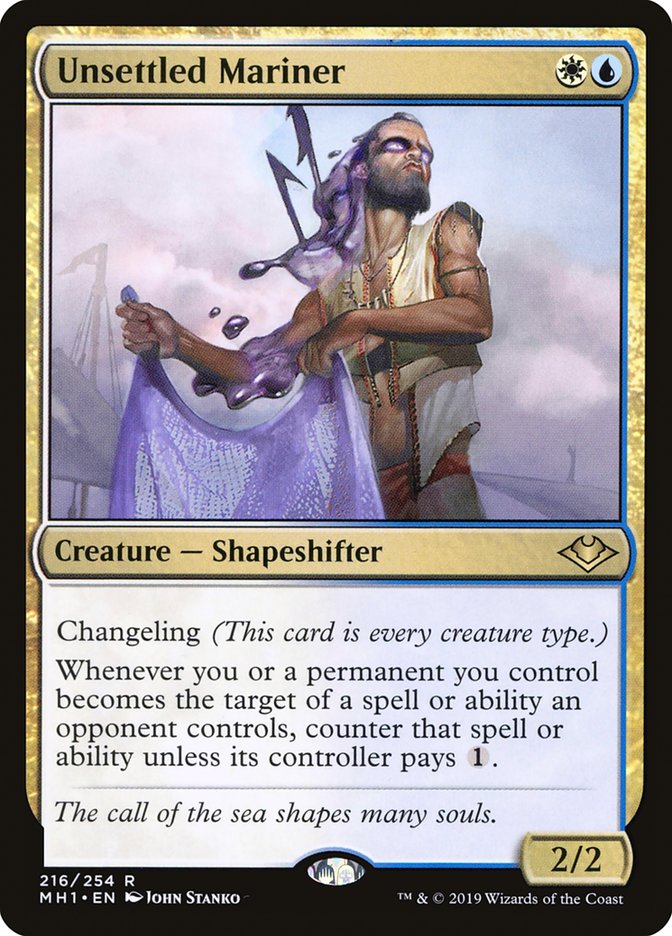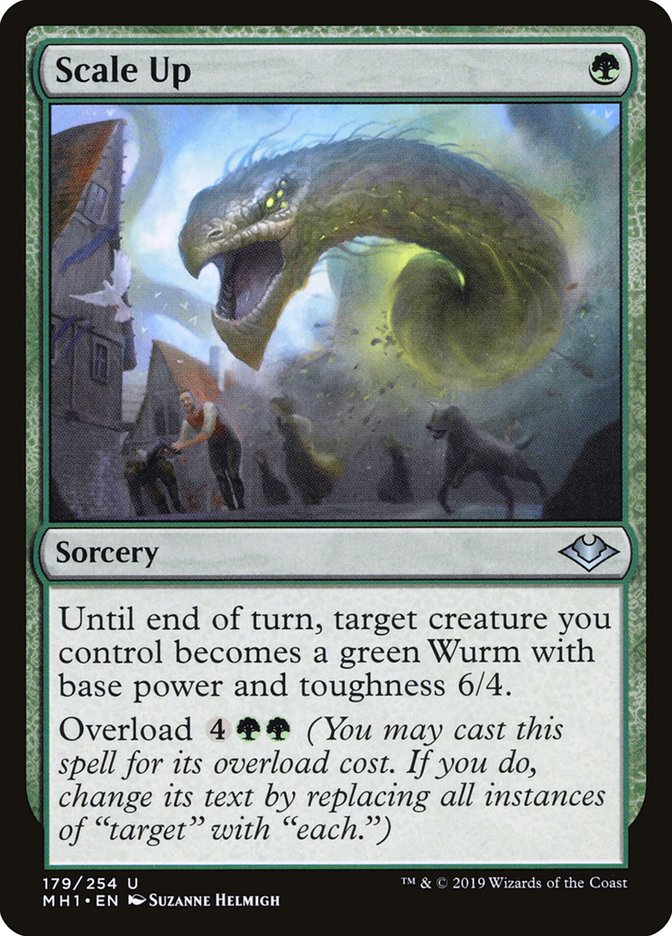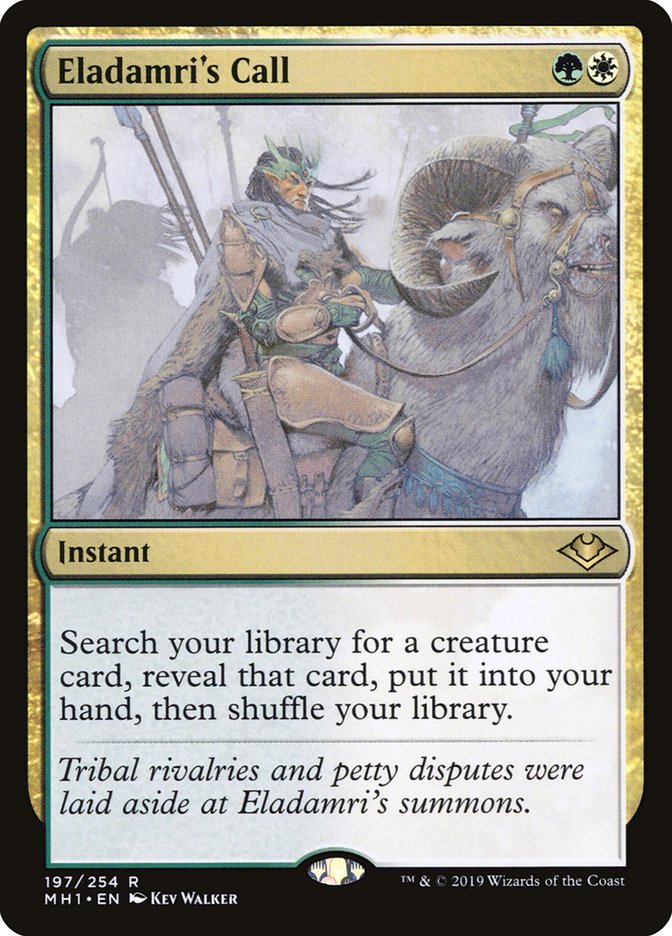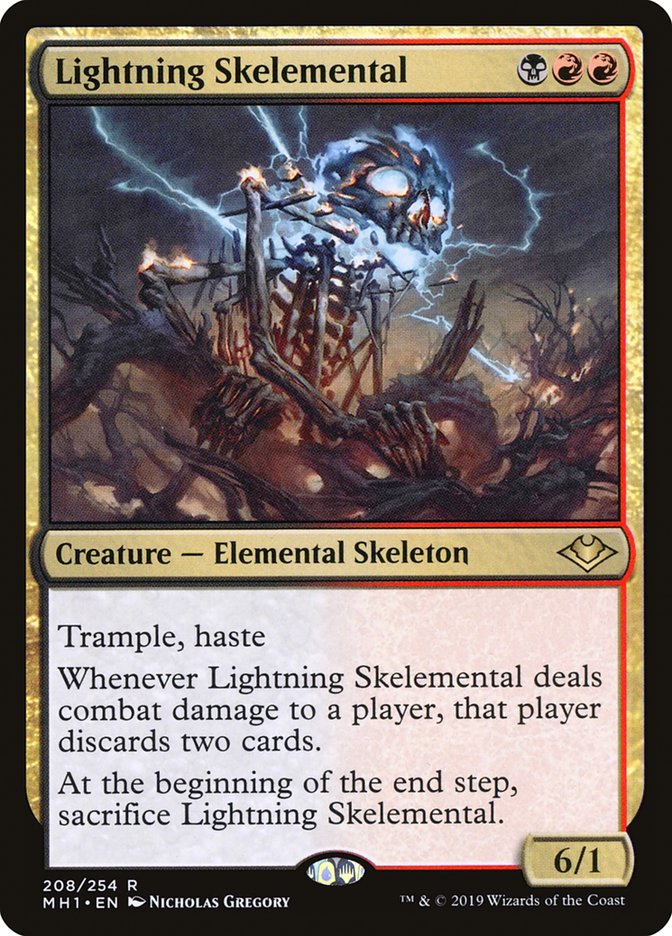Hogaak, Arisen Necropolis and Altar of Dementia weren’t the only cards in Modern Horizons.
Upon the release of Modern Horizons, those two received a good bit of attention as a result of the busted Bridgevine deck that Bridge from Below enabled. With Bridge gone, talk about the format has died off a little bit, but there are some serious ripples in the format that came from specifically Modern Horizons.
Urza, Lord High Artificer, for example, has completely shifted how people are building Mox Opal decks:
Creatures (9)
Lands (21)
Spells (30)

When the Thopter Foundry / Sword of the Meek combo was reintroduced to Modern in 2016, there was a good bit of talk about the combo, but very little actually happened. Now Urza turns an already powerful combo into an immediate “infinite creatures-infinite mana-infinite life-cast all the spells in my deck” finisher. Looking at the deck, that isn’t the only thing from Modern Horizons that’s pushing things over the top of where they were before.
Goblin Engineer can find either half of the Thopter/Sword combo, and in the case of Sword of the Meek, the Engineer never even needs to untap in order to do its job when finding pieces.
Having a high density of artifacts that cantrip is a hallmark of the noncreature artifact decks throughout Modern’s history, but having a way to do it for a single mana is such a big deal in a deck that just cares about having an abundance of permanents. Astrolabe subtly does a good bit to enable Urza’s playability by making it so he’s close to being a free spell so long as there are three untapped artifacts on the battlefield when he resolves (as the Golem he makes is also worth a mana).
Finally, in any deck that can afford to play a pile of basic lands, Dead of Winter serves as the Firespout / Wrath of God split card that Modern has always wanted. Fueled in part by Prismatic Vista, the snow package in decks won’t go away any time soon. If you’re playing a creature deck at SCG Philadelphia, take Dead of Winter into account whenever you see snow basics on the other side of the battlefield. Arcum’s Astrolabe means that the opponent doesn’t even have to have a black land to cast it.
Creature decks have their own Stony Silence now.
Creatures (37)
- 4 Meddling Mage
- 4 Noble Hierarch
- 4 Phantasmal Image
- 4 Champion of the Parish
- 4 Thalia, Guardian of Thraben
- 4 Mantis Rider
- 4 Reflector Mage
- 4 Thalia's Lieutenant
- 3 Kitesail Freebooter
- 2 Militia Bugler
Lands (19)
Spells (4)

Before Modern Horizons, creature decks would frequently lean into some slower or less effective options against artifacts:
Now any creature deck has the ability to play a card that comes down faster than previous artifact hate and is harder to interact with than previous hate cards.
For decks like Hardened Scales, Nature’s Claim used to be good enough at countering Stony Silence when it was coming. Make sure to have enough copies of cards in the vein of Dismember or Galvanic Blast to be able to effectively answer Collector Ouphe.
One of the biggest selling points of the card is that it’s cheaper than Knight of Autumn, Deputy of Detention, and Reclamation Sage. Coming out a turn sooner than before is going to put these decks in a position in which they’re better at pressuring the artifact decks while they’re stumbling against hate. Without having the aforementioned efficient answers to hate, you will just die to Champion of the Parish and Supreme Phantom.
Wrenn and Six has been making enormous waves in any formats where it’s legal. It’s easy to see why it was initially overlooked: the other two-mana planeswalker, Tibalt, the Fiend-Blooded, is frequently regarded as one of the worst planeswalkers ever. That’s certainly a comparison to temper expectations.
For any deck that just wants raw pieces of cardboard, or to play a bunch of fetchlands, Wrenn and Six will be incredible:
Creatures (13)
Planeswalkers (7)
Lands (24)
Spells (16)

Notice anything missing?
With Modern evolving to be as fast as it is, having a squishy creature that requires untapping to accrue card advantage isn’t always the best place to be. With Wrenn and Six and Seasoned Pyromancer in the deck, there are plenty of ways to convert the lands from Wrenn and Six into other resources. Wrenn and Six even does a great job of helping clean up some matchups that were previously closer.
Anything with small creatures is going to be much weaker against Jund, now that they have a card that can feel like a two-mana Arc Lightning.
While it also shows up in some creature decks, Plague Engineer does even more to hurt those creature decks than it does to help them. Both creature combo and tribal creature decks are going to suffer greatly against something like Plague Engineer, largely on the back of the fact that interacting isn’t a skill that those decks are known for. This means that in many of the matchups that Plague Engineer shines in are going to be places that Plague Engineer is good at sticking around for a while.
Seasoned Pyromancer helps pay its controller for having Wrenn and Six on both ends. If there’s an overabundance of lands in its caster’s hand, it provides a way to convert those into other cards. If the lands are already on the battlefield, it serves as a mana sink later on.
Aria of Flame originally didn’t get much press, getting lumped in with gimmicky combo cards like Pyromancer’s Swath. As it turns out, a deck in Modern is very interested in cards that pay their controller for doing nothing more than simply casting spells:
Creatures (8)
Lands (18)
Spells (34)

Aria of Flame occupies a space in Izzet Phoenix that was previously held by Pyromancer Ascension. Despite being a deck that heavily prioritizes mana efficiency, Aria of Flame’s offsets its higher converted mana cost by beating Ascension in another department: the rate at which it kills people.
At four spells being cast, Aria of Flame breaks even on the life-gained-to-life-lost balance of the spell.
The fifth spell makes it a three-mana five-damage burn spell. The sixth makes Aria of Flame worth eleven damage. Needless to say, things get out of hand very quickly.
A slot that used to belong to Lightning Axe, Magmatic Sinkhole does a good job of finding a use for the million cards that Izzet Phoenix puts into the graveyard. Magmatic Sinkhole is a staple in Izzet Phoenix decks at this point and gives the deck a much-needed way to actually combat planeswalkers.
On the topic of Phoenix decks, Lava Dart has been a godsend for anything that values a high quantity of spells being cast.
Creatures (13)
Lands (18)
Spells (29)

Mono-Red Phoenix not only doesn’t have a good use for extra lands, it also wants to cast a pile of spells for the sake of pumping up its Prowess creatures.
For a while, we saw Phoenix variants move away from Gut Shot to maindeck things like Surgical Extraction. Now that Lava Dart is such a strong synergy card in the deck, it’s unlikely that small-ball creature decks are going to be able to gain any kind of traction against the deck in the future.
The new Horizon lands are providing Modern decks with an artificially inflated spell density without having to cheat on their mana count. Red decks in particular are ecstatic to have access to these lands, as decks in the vein of Mono-Red Phoenix and Burn can’t really afford to play cards that function as mana sinks in the late-game, yet also need flood mitigation.
Creatures (16)
Lands (20)
Spells (24)

The number of these lands that make it into the deck will vary, depending on how badly the deck needs other forms of mana fixing, requires specific land types (see: Lava Dart), and so on, but the cards won’t go away anytime soon.
Even without Bridge from Below breaking the card wide open, Hogaak isn’t exactly disappearing from Modern.
Creatures (19)
Lands (19)
Spells (22)
Sideboard

Tomasz Sodomirski, better known as Sodek on Magic Online, recently took down a Mythic Championship Qualifier with Dredge, featuring Hogaak over a copy of Prized Amalgam. People are getting more ambitious with Hogaak enablers from here, including lists closer to this one:
Creatures (37)
- 4 Carrion Feeder
- 4 Bloodghast
- 4 Hedron Crab
- 4 Vengevine
- 4 Gravecrawler
- 3 Prized Amalgam
- 4 Insolent Neonate
- 2 Cryptbreaker
- 4 Stitcher's Supplier
- 4 Hogaak, Arisen Necropolis
Lands (19)
Spells (4)
Sideboard

Tom Ross wrote an article last week with a host of fresh Hogaak lists and takes on the deck, but the main point is this: having a bunch of zero-mana creatures that come from the graveyard is a powerful thing to be doing. Hogaak is no slouch, and this deck is getting a bunch of points on the back of the fact that it has a reasonable backup plan:
Carrion Feeder is a chunk of what the Gravecrawler engine was missing previously. It’s a way to utilize bodies without having the normal payoff cards that require the deck to be firing on all cylinders in order to have any sort of effect.
Blue cards got some love from Modern Horizons as well.
Creatures (6)
Planeswalkers (8)
Lands (24)
Spells (22)

Azorius Control has cemented itself as a major player, without needing help from red, for over a year at this point. Having access to better card advantage engines, as well as an efficient panic button in Force of Negation is something that puts it over the top.
Fact or Fiction, in particular, does something fantastic in that it helps enable these decks to play a smattering a one-ofs. The amount of digging that these decks have between Fact or Fiction and Narset means that finding incredible powerful, albeit narrow, one-ofs in the places that they’re relevant is more reliable than it ever has been before.
These aren’t even all the cards in Modern Horizons that are making their way into Modern. With Bridge from Below out of the format, we’ll see the format open up to more innovation from a set that was designed with Modern in mind.


